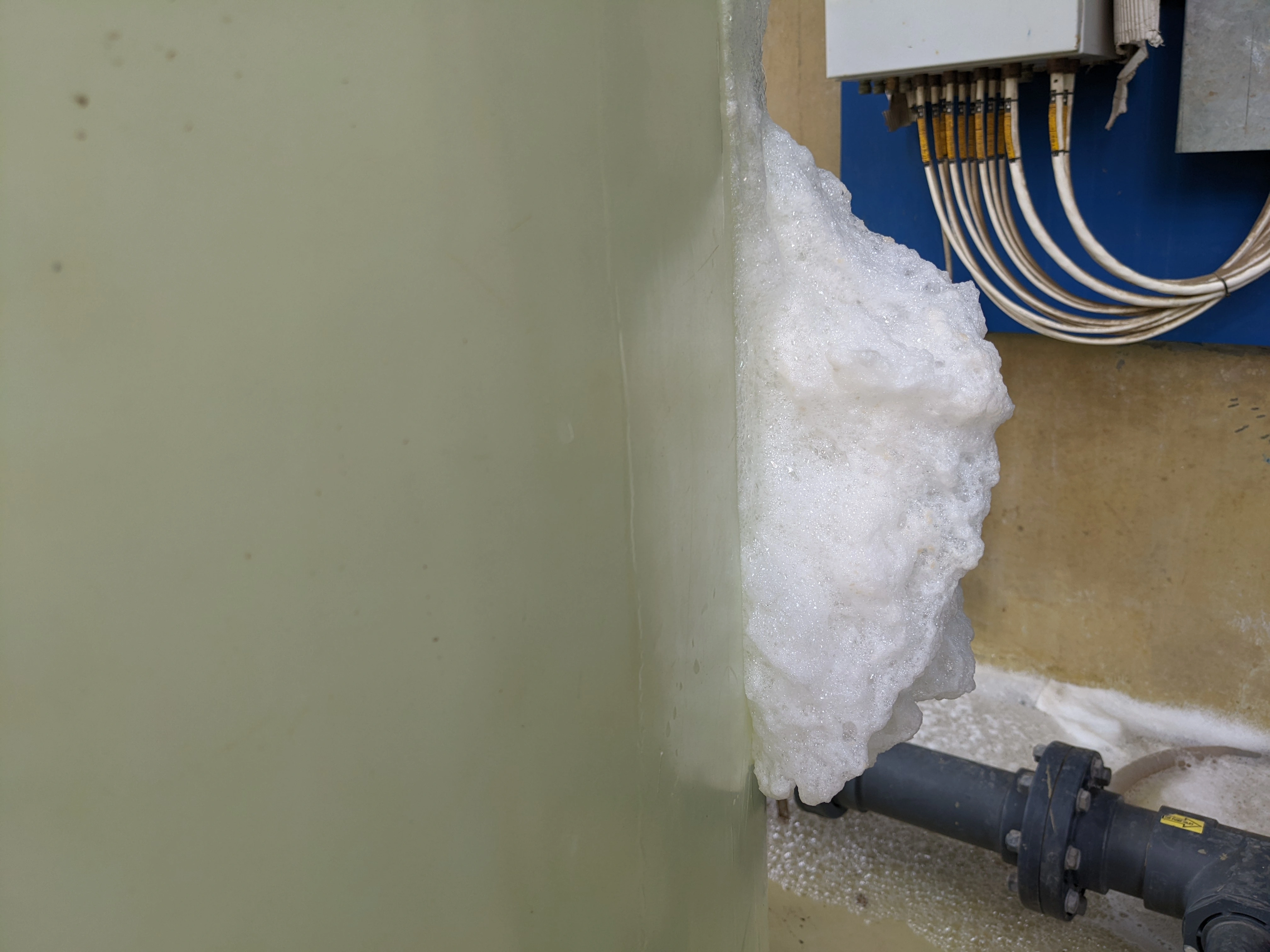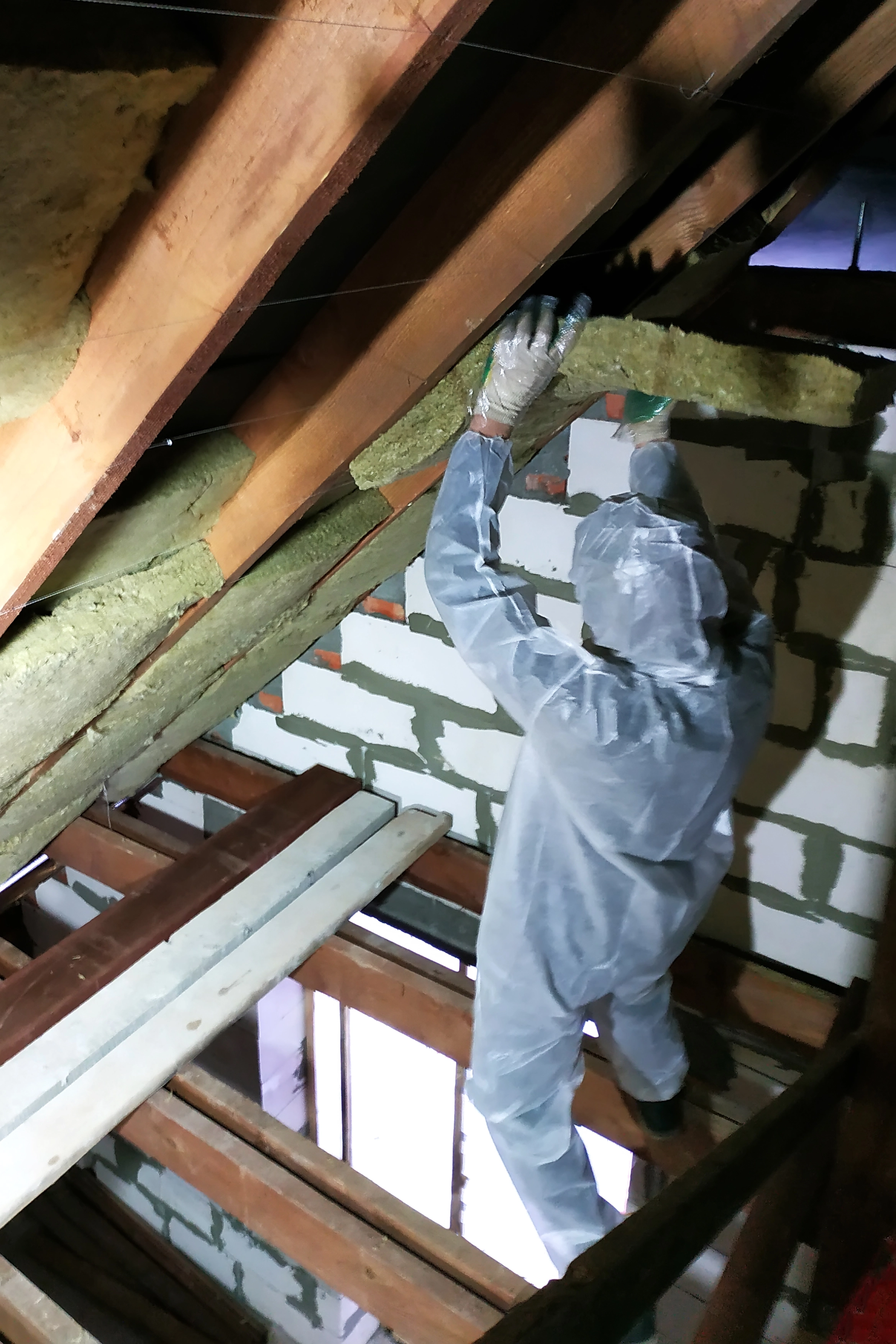
Top Trends in Insulation Energy Efficiency for 2024: What Homeowners Need to Know
Introduction
Sustainable materials are revolutionizing the insulation industry, offering eco-friendly alternatives prioritizing energy efficiency and environmental responsibility.
As homeowners increasingly prioritize sustainability and energy efficiency, the demand for insulation materials that align with these values continues to grow. By embracing sustainable materials in insulation, homeowners can reduce their carbon footprint, improve indoor comfort, and contribute to a more sustainable future for generations to come.
Here's a closer look at how sustainable materials are shaping the future of insulation:
1. Natural Fibers:
Derived from renewable sources such as cotton, wool, hemp, and cellulose, natural fiber insulation home energy solution provides excellent thermal performance while reducing reliance on non-renewable resources. These materials are biodegradable, non-toxic, and contribute to healthier indoor air quality.
2. Recycled Materials:
Recycled soundproofing spray foam home comfort solutions insulation materials, including recycled denim, newspaper, and glass, repurpose waste into effective insulation products. Recycling insulation epitomizes sustainability and a circular economy by keeping waste out of landfills and lowering the need for virgin materials.
3. Plant-Based Foams:
Plant-based foams, such as soybean-based polyurethane and castor oil-based polyurethane, offer a greener alternative to traditional petroleum-based foams. These foams boast similar insulation properties, significantly reducing carbon emissions and environmental impact.
4. Aerogels:
Aerogel insulation, composed of silica aerogel and reinforced with fibers, is renowned for its ultra-lightweight and high-performance insulation properties. Although initially expensive, advancements in manufacturing techniques make aerogel insulation more accessible and cost-effective for homeowners seeking sustainable solutions.
5. Cork:
Cork is a biodegradable, renewable substance with excellent thermal and acoustic insulation properties. It is made from the bark of oak trees and is a natural insulator that is fire-resistant and moisture-resistant. As such, it provides a sustainable alternative to synthetic insulation materials.
6. Biodegradable Insulation:
Innovative biodegradable insulation materials, such as mushroom-based insulation and cellulose insulation, offer promising solutions for reducing environmental impact and promoting sustainability. These materials decompose naturally at the end of their lifecycle, minimizing waste and resource depletion.

Harnessing Innovation: Exploring Smart Insulation Technologies
Innovative insulation removal commercial technologies are revolutionizing how homeowners manage energy efficiency and indoor comfort. These innovative solutions leverage advanced sensors, automation, and connectivity to optimize insulation performance and reduce energy consumption. Here's a closer look at how intelligent insulation technologies are reshaping the future of home insulation:
1. Internet of Things-capable Sensors: Internet of Things (IoT) sensors are integrated into cutting-edge insulation systems to track temperature, humidity, and energy consumption in real-time. These sensors locate areas of heat loss or air penetration and provide vital information on the thermal performance of the building envelope, enabling homeowners to make more energy-efficient decisions.
2. Dynamic Insulation Materials:
Dynamic insulation materials, such as phase-change materials (PCMs) and thermochromic coatings, actively respond to changes in temperature to regulate indoor comfort. PCMs absorb and release heat energy as they change phase, helping maintain stable indoor temperatures and reduce reliance on heating and cooling systems.
3. Adaptive Insulation Systems:
Adaptive insulation systems utilize intelligent controls and actuators to adjust insulation properties based on environmental conditions. These systems can dynamically alter insulation thickness, density, or reflective properties to optimize thermal performance and energy efficiency throughout the day and seasons.
4. Energy Monitoring and Management:
Innovative insulation technologies often include energy monitoring and management features that allow homeowners to track energy usage, set energy-saving goals, and remotely control insulation settings via smartphone apps or web interfaces. These technologies promote energy-conscious behavior and reduce utility bills by empowering homeowners with real-time energy data and control options.
5. Integration with Home Automation:
Innovative insulation systems seamlessly integrate with home automation platforms, allowing for centralized control and coordination of insulation, HVAC, lighting, and other energy-consuming systems. This integration enables holistic energy management strategies that optimize comfort, convenience, and sustainability.
Intelligent insulation technologies are viable options for homeowners looking to improve comfort, lower energy costs, and lessen their environmental effects as the demand for energy-efficient houses rises. By embracing innovation and leveraging the power of intelligent insulation, homeowners can create healthier, more sustainable living spaces for themselves and future generations.
Energy-efficient building designs
They are crucial for reducing energy consumption and environmental impact. These designs aim to maximize energy efficiency while minimizing waste and pollution. They use methods and tools like solar panels for renewable energy, effective heating and cooling systems, and enough insulation to accomplish these objectives.
This includes well-insulated windows, roofs, and walls. Landlords and property owners benefit from lower electricity bills and energy savings.
Another essential feature is efficient heating, ventilation, and air conditioning (HVAC) systems. Modern HVAC systems are designed to use energy more efficiently, reducing the electricity or gas needed to maintain a comfortable indoor environment. Additionally, smart thermostats can optimize energy usage based on occupancy and external weather conditions.
Solar power plants provide a sustainable, clean power source by converting sunlight into electrical current. Buildings that produce electricity can lessen their carbon impact and contribute to a more sustainable future.
Energy-efficient building designs are crucial in reducing energy consumption and mitigating environmental impact. By incorporating insulation, efficient HVAC systems, and renewable energy sources, buildings can significantly decrease their energy usage while providing comfortable and sustainable living or working spaces.
Systems for integrated insulation are crucial energy-efficient elements of building designs. Through the prevention of heat movement through windows, roofs, and walls, they optimize thermal performance. Integrated insulation systems assist in maintaining pleasant indoor temperatures while lowering energy consumption and utility costs by decreasing heat gain in the summer and heat loss in the winter.
One key feature of integrated insulation systems is their comprehensive approach to insulation. Instead of relying solely on traditional insulation materials like fiberglass or foam, these systems utilize a combination of materials and techniques to maximize effectiveness. This may include incorporating thermal mass materials like concrete or masonry, which can absorb and store heat, helping to stabilize indoor temperatures and reduce the need for heating or cooling.
These systems help maintain a consistent indoor temperature and improve overall energy efficiency by sealing gaps and cracks in the building envelope.
Integrated insulation
Integrated insulation systems can be customized to suit a building's needs and climate conditions. For example, buildings in cold climates may require thicker insulation layers and additional moisture barriers to prevent heat loss and buildup. In contrast, buildings in hot climates may benefit from reflective coatings and shading devices to minimize heat gain.
By combining various insulation materials and techniques, these systems provide effective insulation while also improving comfort and indoor air quality. Integrating insulation systems can save energy and create a more sustainable built environment.
Encouraging energy efficiency and sustainability in building design and construction requires government laws and incentives. These regulations set standards and requirements for energy performance, building codes, and environmental impact. Meanwhile, incentives provide financial benefits and support to encourage compliance with these regulations and adopting energy-efficient practices.
By enforcing these standards, governments can ensure that new buildings meet specific energy efficiency criteria, reducing energy consumption and greenhouse gas emissions. These incentives include tax credits, grants, rebates, or low-interest loans. For example, building owners or developers may receive tax credits for installing solar panels, upgrading insulation, or implementing energy-efficient lighting systems. By reducing the initial cost of energy-efficient improvements, these incentives increase the financial appeal of sustainable building techniques.
Governments generate a market demand for energy-efficient goods and services by incentivizing producers and contractors to spend money on R&D, which promotes ongoing advancements in building sustainability and performance.
Encouraging energy efficiency and sustainability in building design and construction requires government laws and incentives. By establishing standards, codes, and incentives, governments can promote adopting energy-efficient practices, reduce energy consumption, and mitigate the built environment's environmental impact.
Various choices
When it comes to insulating your home or building, eco-friendly options abound. These choices keep your space comfortable and contribute to a healthier environment. Here are some top eco-friendly insulation options to consider:
1. Cellulose Insulation: Made from recycled paper, cardboard, or other plant-based materials, cellulose insulation is an environmentally friendly choice. It's treated with non-toxic additives to resist pests and fire, making it safe for indoor use.
2. Sheep's Wool Insulation: Sheep's wool is a renewable resource with excellent insulation properties. It's naturally fire-resistant, moisture-wicking, and biodegradable, making it an eco-friendly thermal and acoustic insulation option.
3. Cotton Insulation: Recycled denim or cotton fibers create cotton insulation, providing an eco-friendly alternative to traditional fiberglass insulation. It's free from harmful chemicals and safe to handle, making it ideal for sustainable building projects.
4. Hemp Insulation: Hemp fibers are gaining popularity as an eco-friendly insulation material. Hemp insulation is breathable, moisture-resistant, and naturally resistant to mold and pests. It's also a fast-growing crop requiring minimal water and pesticides.
5. Cork Insulation: The bark of oak trees, which can be harvested without endangering the trees, makes cork insulation. It is a renewable resource with superior acoustic and thermal insulation qualities. Additionally resistant to bugs, mold, and mildew is cork insulation.
By selecting eco-friendly insulation, you may make your living or working area more comfortable and energy-efficient while lowering your environmental impact. These environmentally friendly decisions also reduce energy costs and improve indoor air quality. Please get in touch with us at any time.
Reach Out To Spray Foam Insulation Westminster
Delivering Quality Insulation Solutions in Westminster, Colorado
Call us today!